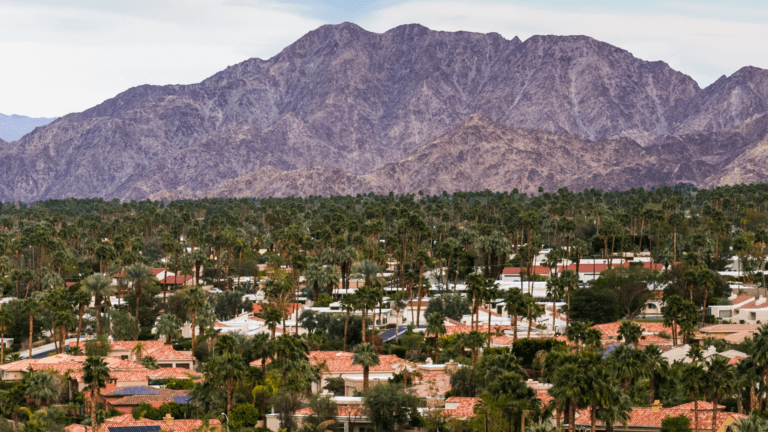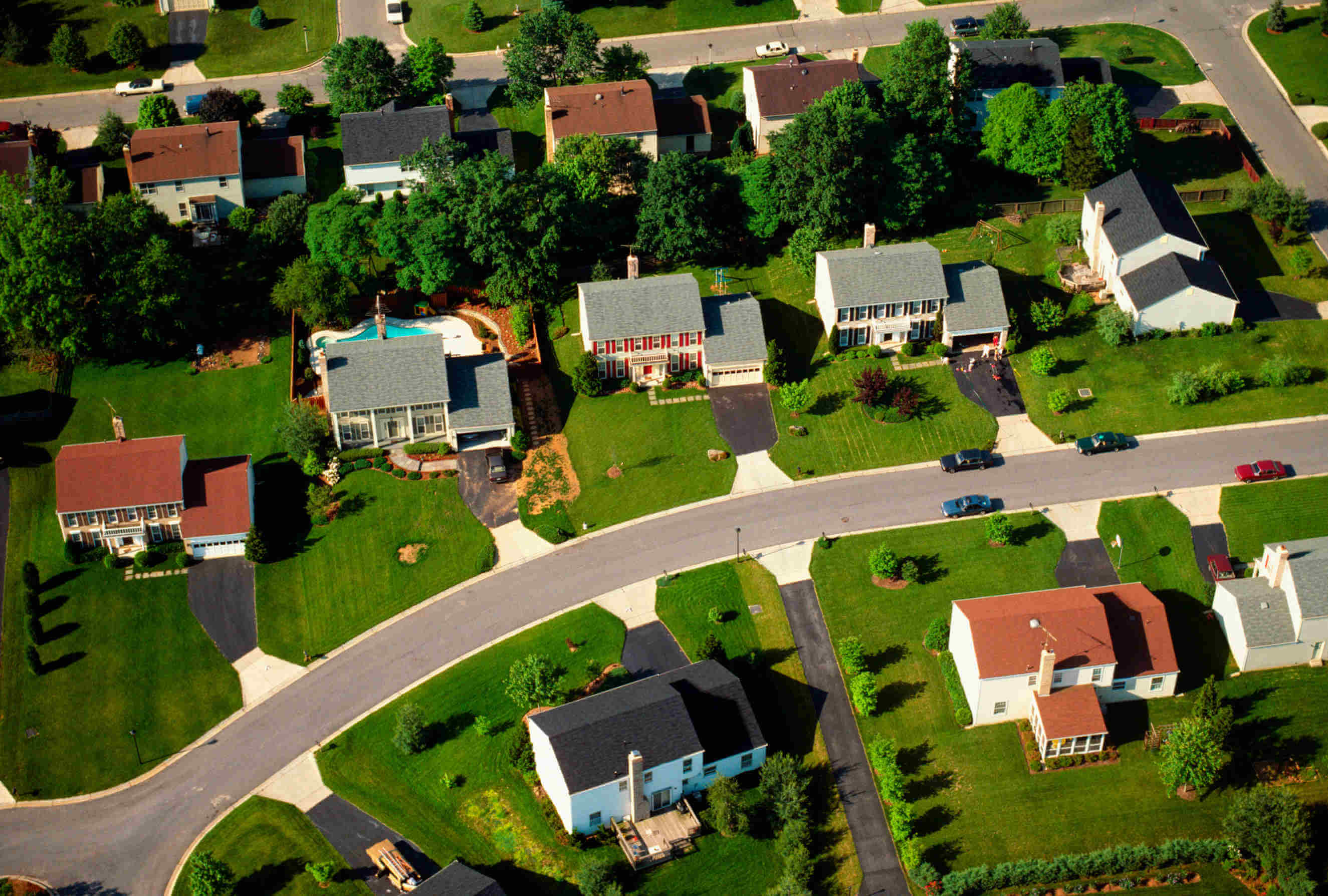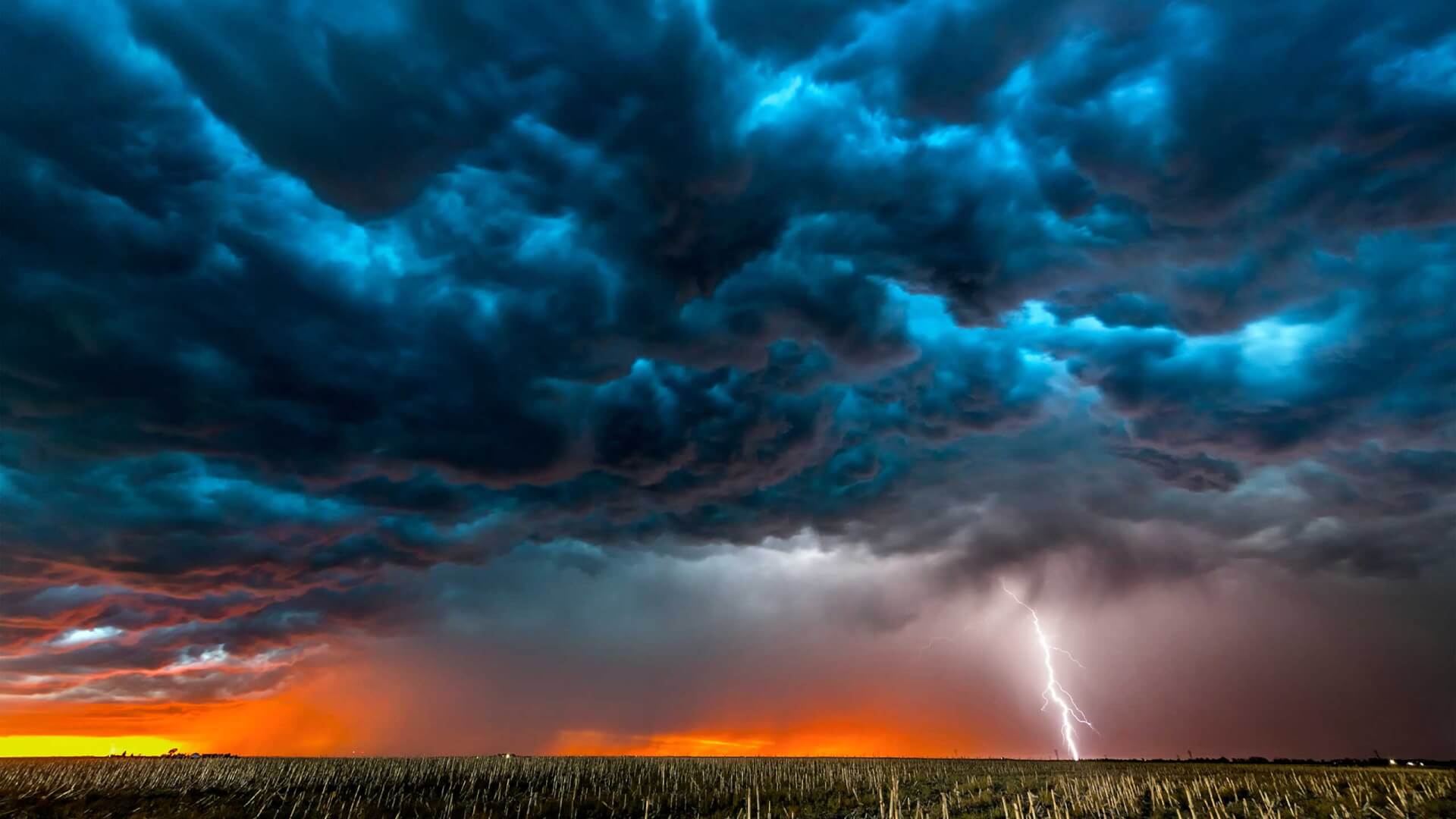Although advancements in weather forensics have made it possible to anticipate the region and severity of certain catastrophic events, it is harder to predict how demand surge may or may not affect recovery efforts following a natural disaster of any kind. Demand surge in rebuilding efforts refers to the sudden increase in the cost of materials, labor or services due to increased demand following a natural disaster. In this blog, we look at several variables that contribute to demand surge which can ultimately increase reconstruction costs and in some cases, limit the ability of property owners to recover in a timely matter; or in the case of underinsurance, at all.
Material
Due to the growth of big box stores like Home Depot or Lowes, demand surge has a greater impact on contractor and labor costs and less on material costs for two reasons:
- Better science via storm tracking and CAT modeling allows retailers and suppliers to better prepare for the recovery efforts. When Hurricane Harvey hit the Gulf of Mexico coast in August 2017, retailers in Houston had 10 times their regular inventory of drywall within weeks of the storm dissipating. This helped to eliminate the normal backlog of materials that used to occur following a natural disaster.
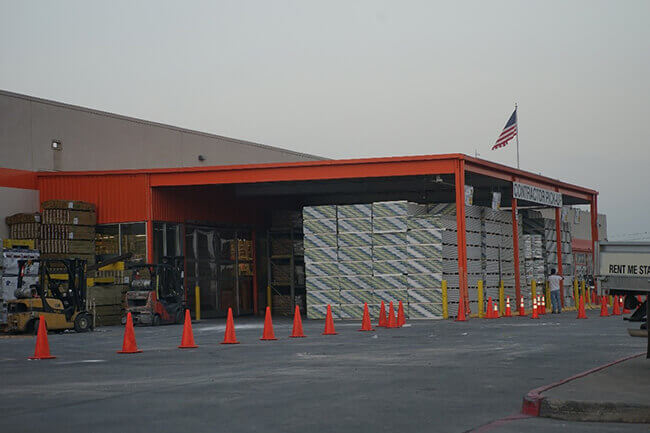
- More retail locations and better supplier logistics make it easier for large building supply stores to realign allocations of materials like roof shingles from one region to another in and around an impact area, or even shift production capacity from commercial products in favor of more residential products.
Labor
The demand for labor after a natural catastrophe is typically related to the size and severity of the event within a local market; there is a direct correlation between the ability of a community to rebuild based on available labor. When Hurricane Harvey hit the Houston Texas area in August of 2017, the unemployment rate was at 5.1 percent. By December of the same year, the unemployment rate dropped to 4.5 percent as Houston added close to 8500 construction workers to the local economy due to demand.
Since most of the losses from Harvey were related to water damage, labor from other construction trades like masons and carpenters filled the demand for drywall hangers and flooring installers. Labor from outside construction, such as the hospitality industry, also moved over for the lure of higher wages. Houston and the surrounding communities were able to absorb most of the demand from construction workers thereby minimizing what could have been a shortage of labor for the recovery efforts.
In contrast, the unemployment rate in Santa Rosa, California during the Tubbs Fire in October 2017, dropped from 3 percent to 2.5 percent in a year and only added 1700 construction workers. The tight labor market and hot housing sector in Northern California left very little capacity for the surrounding construction markets to absorb the additional demand. Furthermore, housing to accommodate additional workers in Santa Rosa was scarce due to a near 100 percent occupancy by those that lost their homes.
Contractors
After the Tubb’s Fire, Sonoma County struggled to find enough local qualified contractors and due to California’s environmental and licensing requirements, the use of out-of-state contractors was extremely limited. For example, California requires contractor licensing for both general contractors and sub-contractors; which is not the case in other states. Progressive environmental policies and strict building codes designed to improve energy efficiency, seismic and wildfire resilience is enforced as well. Although a few requirements were relaxed to speed recovery efforts, some would argue that the state’s strict regulations contributed to contractor demand and thus drove up costs and prolonged the effects of demand surge.
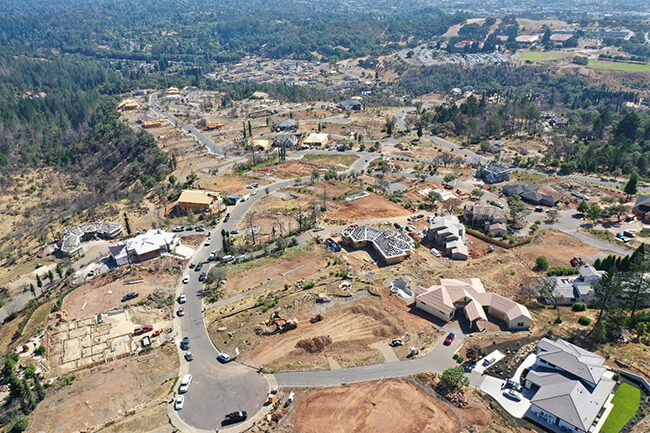
If we have learned anything from our history of rebuilding after a natural disaster, it is that demand surge continues to challenge insurance carriers and homeowners. CoreLogic’s research identified several variables that can trigger demand surge following a natural disaster:
- The probability of a demand surge is directly related to the size and severity of the event.
- Demand surge can increase costs anywhere from 15 to 30 percent and typically lasts 6 to 12 months.
- Demand surge can affect one skilled trade or several and generally correlates with the level of unemployment or capacity of the local workforce.
- If local regulatory constraints slow the rebuilding process it can exacerbate demand surge.
- Demand surge impacts losses differently; the more complex the project, the higher probability of price spikes.
The goal of insurers following a natural disaster is to settle homeowner claims quickly and efficiently; thereby giving property owners the ability to better navigate demand surge. While this is not always possible in instances of larger more catastrophic events, understanding and monitoring the impact demand surge has on rebuilding efforts is an important step in helping policyholders recover as painlessly as possible. Likewise, leveraging a reconstruction estimating solution that considers the impact of demand surge helps ensure policyholders are not underinsured in the first place and therefore have enough coverage to rebuild their homes.
© 2019 CoreLogic, Inc. All rights reserved.
